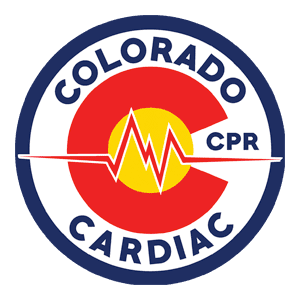Natural Disasters: Are YOU Prepared?
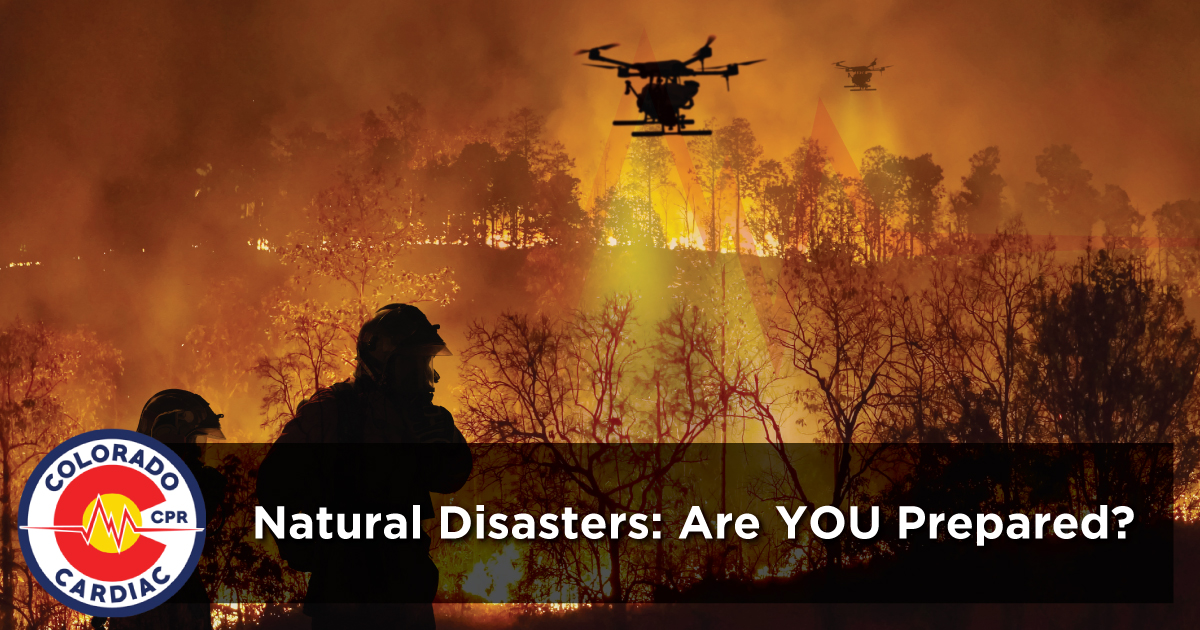
NEWS YOU CAN USE:
Merrian-Webster Dictionary defines a natural disaster as “a sudden and terrible event in nature (such as a hurricane, tornado, fire, earthquake or flood) that usually results in serious damage and many deaths”. Natural disasters disrupt thousands of lives every year, leaving a lasting impact on people and property.
Being prepared is key during any natural disaster. Steps such as understanding your risk, having a plan beforehand, and acting quickly can prove to be lifesaving before, during, and after a disaster. Preparation is essential.
FEMA’s Are You Ready? An In-Depth Guide to Citizen Preparedness provides invaluable information to help you prepare for some of the most common disasters.
What you can do:
Maryland’s Department of Emergency Management recommends preparing ahead of time by following these key steps:
- Identify Your Risk:
- Find out what natural disasters pose a risk for you and your family.
- Determine if you are prepared for a natural disaster that could strike without notice.
- Create a Family Natural Disaster Plan:
- Your family needs a plan that tells everyone where to meet if you must evacuate; who you’ve identified as an out-of-state “family contact”; how to access emergency information in your community; and how to take care of your family pets.
- Practice Your Family Natural Disaster Plan:
- After you have sat down with your family and created your plan — practice it.
- Build a Natural Disaster Supply Kit For Your Home, Workplace, and Car:
- If you are stranded in your car or must be self-sufficient at home or your workplace until help arrives, it is recommended to have a natural disaster supply kit.The following guides serve as a great starting point to building your kit:
- FEMA Emergency Supply Checklist
- Build A Kit | Ready.gov
- If you are stranded in your car or must be self-sufficient at home or your workplace until help arrives, it is recommended to have a natural disaster supply kit.The following guides serve as a great starting point to building your kit:
- Prepare Your Children
- Talk to your kids about what the risks are and what your family will do if disaster strikes.
- Preparedness Information for Children | Ready Kids
- Talk to your kids about what the risks are and what your family will do if disaster strikes.
- Don’t Forget Those with Special Needs:
- Infants, seniors and those with special needs must not be forgotten.
- Tips for the People with Disabilities/Access and Functional Needs | Ready.gov
- Tips for the Elderly | Ready.gov
- Infants, seniors and those with special needs must not be forgotten.
- Eliminate Hazards in Your Home and the Workplace:
- Home Safety Information | NFPA
- Workplace Safety Information | OSHA
MONTHLY HEART ATTACK AND STROKE TIP:
The American Heart Association has important tips to prepare for hurricanes and other natural disasters that can positively impact your physical and mental health.
- Take time now to write down any medical conditions, allergies and medications, including doses and the time you take medications, along with your pharmacy name, address and phone number. Keep the information with any other “to-go-kit” items you have handy for quick evacuation.
- If you do need to evacuate, bring your medications and your health information with you in a resealable plastic bag to help keep it dry.
- If your medication is lost, damaged or was left behind when you evacuated, research open pharmacies and seek a refill as quickly as possible.
- Another way to prepare for a possible medical emergency is to learn how to perform CPR and how to use an AED until help arrives. BLS and Heartsaver/First Aid courses are listed here: https://3cpr.enrollware.com/calendar
- NAEMT’s Prehospital Trauma Life Support (PHTLS) is another way to prepare for the unthinkable. The mission of PHTLS is to promote excellence in trauma patient management by all providers involved in the delivery of prehospital care. The PHTLS class is a globally recognized as the leading CEC program for prehospital emergency trauma care, taught in 64 countries and considered the gold standard in its field. PHTLS courses improve the quality of trauma care and decrease mortality. To learn more about our PHTLS please visit: https://3cpr.org/prehospital-trauma-life-support-phtls/
ADDITIONAL INFORMATION:
- For American Heart Association BLS -CPR, First Aid, PALS certification training contact our office at 720.639.2623 or www.3cpr.org
- For Mental Health First Aid certification or mental health workplace workshops contact: Harley at ts@3cpr.org
- For tailored Health and Wellness Lunch -n-Learns or presentations contact: Harley at ts@3cpr.org
- When registering for a CPR, First Aid or PALS class, use promo code 3CPRBLOG for a discount!
BLOG WRITTEN BY:
Sophie Mabry, M.A.,
ACSM Exercise Physiologist, EIM II, Certified Health and Wellness Coach, Sports Nutritionist, Mental Health First Aid Responder, BLS CPR and First Aid Instructor, former EMS professional.
REFERENCES:
- https://3cpr.org/prehospital-trauma-life-support-phtls/
- https://mdem.maryland.gov/Pages/10-Things.aspx
- https://www.merriam-webster.com/dictionary/natural%20disaster
- https://newsroom.heart.org/news/be-heart-smart-to-stay-safe-and-healthy-during-and-after-natural-disasters
- https://www.ready.gov/kit
- https://www.ready.gov/sites/default/files/2021-11/are-you-ready-guide.pdf
Related Posts
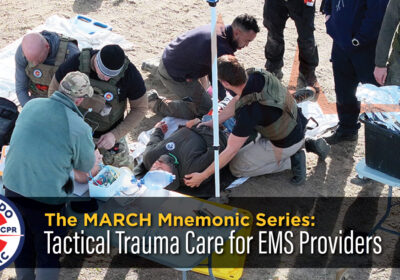
The MARCH Mnemonic Series – Tactical Trauma Care for EMS Providers
When seconds count and conditions are unpredictable, the MARCH mnemonic. provides a clear, evidence-based sequence…
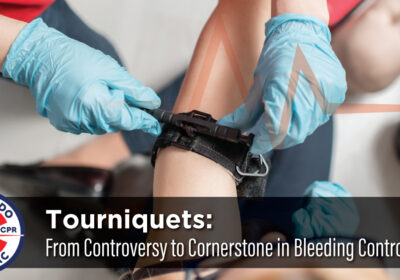
Tourniquets: From Controversy to Cornerstone in Bleeding Control
The use of tourniquets has transformed modern trauma care. Once considered a last resort, they…
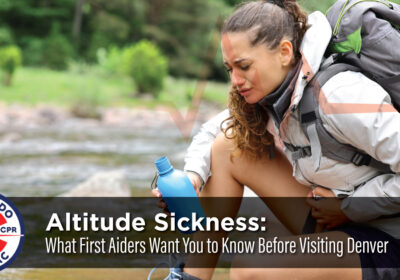
Altitude Sickness: What First Aiders Want You to Know Before Visiting Denver
Denver, Colorado, is famous for its sunshine, mountain views, and “Mile High City” nickname. But…
